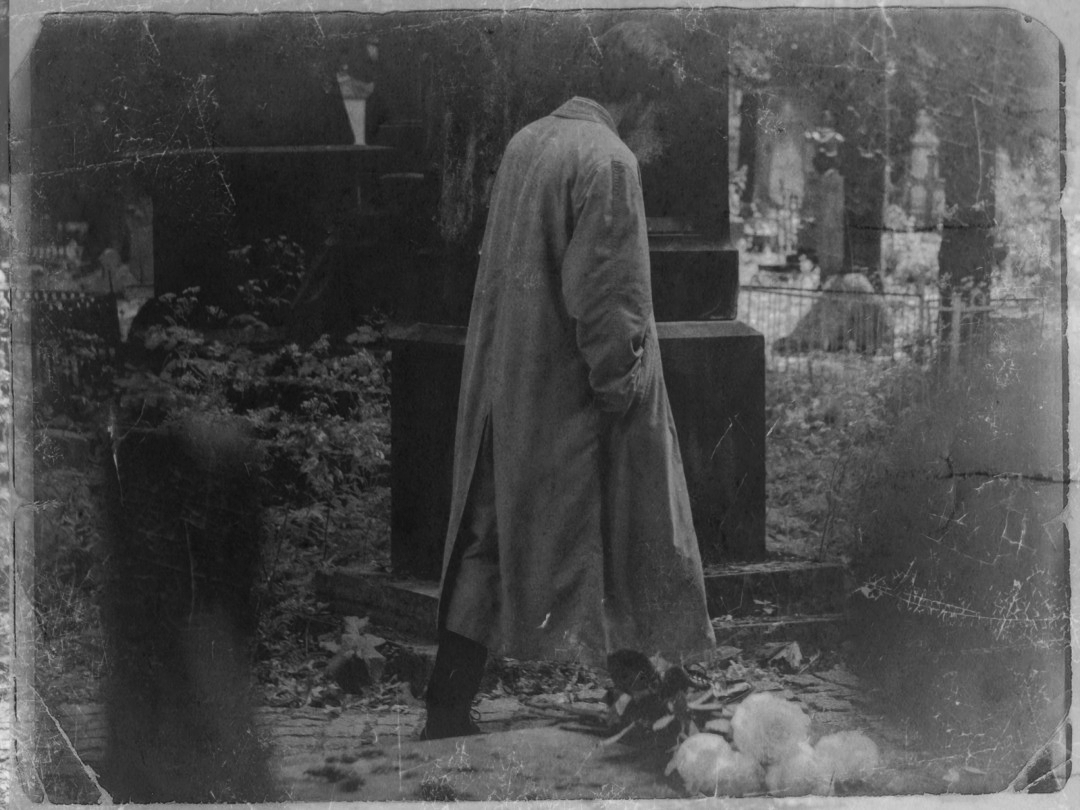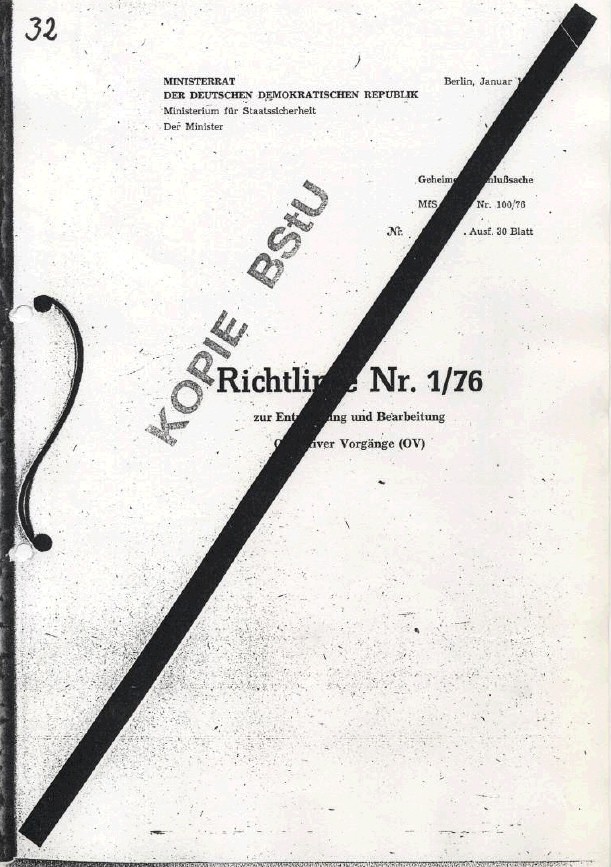
Although there weren’t high-tech gadgets like today, Cold War espionage was extremely efficient. In a geopolitical situation where the nuclear threat was constantly present, information was a key currency. As there were no smartphones, internet, or other benefits of the modern age, people were the most important. Especially behind the Iron Curtain where their modus operandi was perfectly shaped. The intelligence communities of the communist regimes always looked for people with certain talents. Later, after recruitment, these talents were improved to perfection, just as tradecraft. Here are some methods and techniques.
Cold War Intelligence: People
Looking closely at the KGB or Stasi reports, they can say much. Attention to details (if it’s needed), bigger picture, important questions. Everything is done in a clean, clinical manner. Very precisely and of course, written in a certain ideological tone. That made the Cold War a pretty hard information war. Here is a part of some, for example, Stasi report:
It’s very clear that intelligence reports mixed up with ideology were a very powerful means to an end.
Spy Tradecraft
As said technologies, methods and techniques during the Cold War relied heavily on people. A specially trained agent could photograph or, if needed, steal the secret files and codes. Although quite simple if we compare it to today’s tech, the Stasi’s car camera, for example, was a wonder during the Cold War years and with skillful operatives, it could catch the things needed. An important link in this human-relied system was also the contacts. Especially if an agent went to Western Europe or the U.S. A contact of value was priceless in forming the spy ring.

Communication was also a weapon. The agent could behave like “a friend of the cause” or infiltrate a certain group as an agent provocateur to sow instability, conflicts, fight, etc. The tradecraft also comprehended kidnappings and assassinations, so the agents needed to have the skills in matters like these, too. The KGB’s lipstick gun is one of the proofs how people and technology (the best possible during these years) worked together.
Notorious Psychological Warfare
Talking about communication the secret services behind the Iron Curtain used, the PSYWAR definitely cannot be left out. When it comes to the Cold War-era PSYWAR, the Stasi especially mastered the notorious methods. What’s today often regarded as a “weapon” of narcissists and sociopaths, behind the Iron Curtain it was a usual method of state institutions. For example, in East Germany, the Zersetzung was used by the Stasi against those who were ‘suspects for doing subversive activities.’ In other words, political opponents.

So, the targets of the Zersetzung were exposed to disruption of their own private lives. Only some of the things this involved were gaslighting, smear campaigns, bugging, wiretapping, destruction of reputation (false denunciation, drug possession, theft, etc.)… Some operatives even made a mess in the target’s apartment by rearranging and hiding personal things, planting foreign objects and similar. There were even cases where operatives changed the time when a target’s alarm clock was set. According to reports, these ‘operational procedures’ (aka sabotage, conflict, isolation) worked best when they were done according to a target’s personality. That’s why the procedure also included creating special psychograms and sociograms.